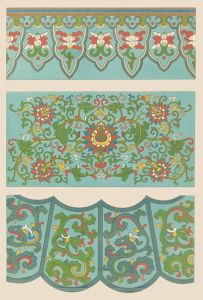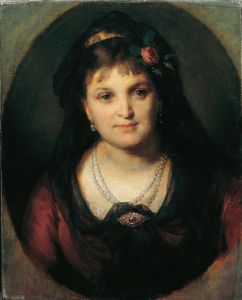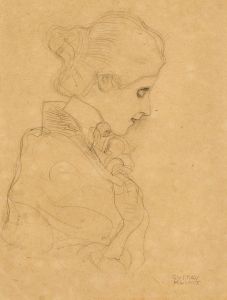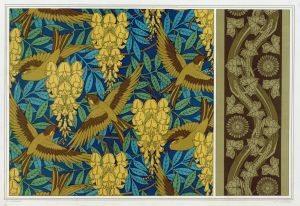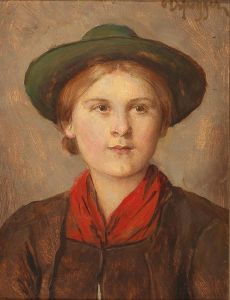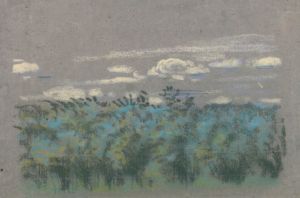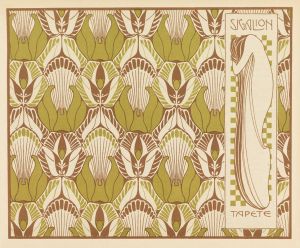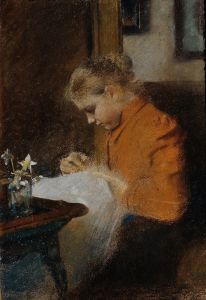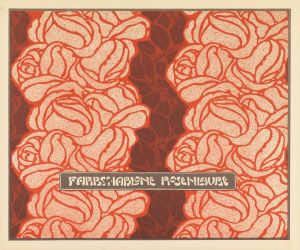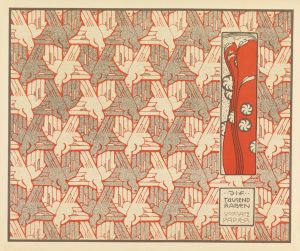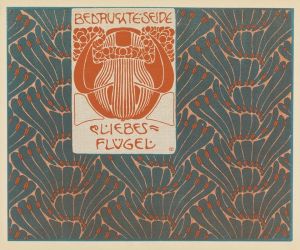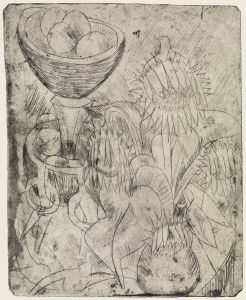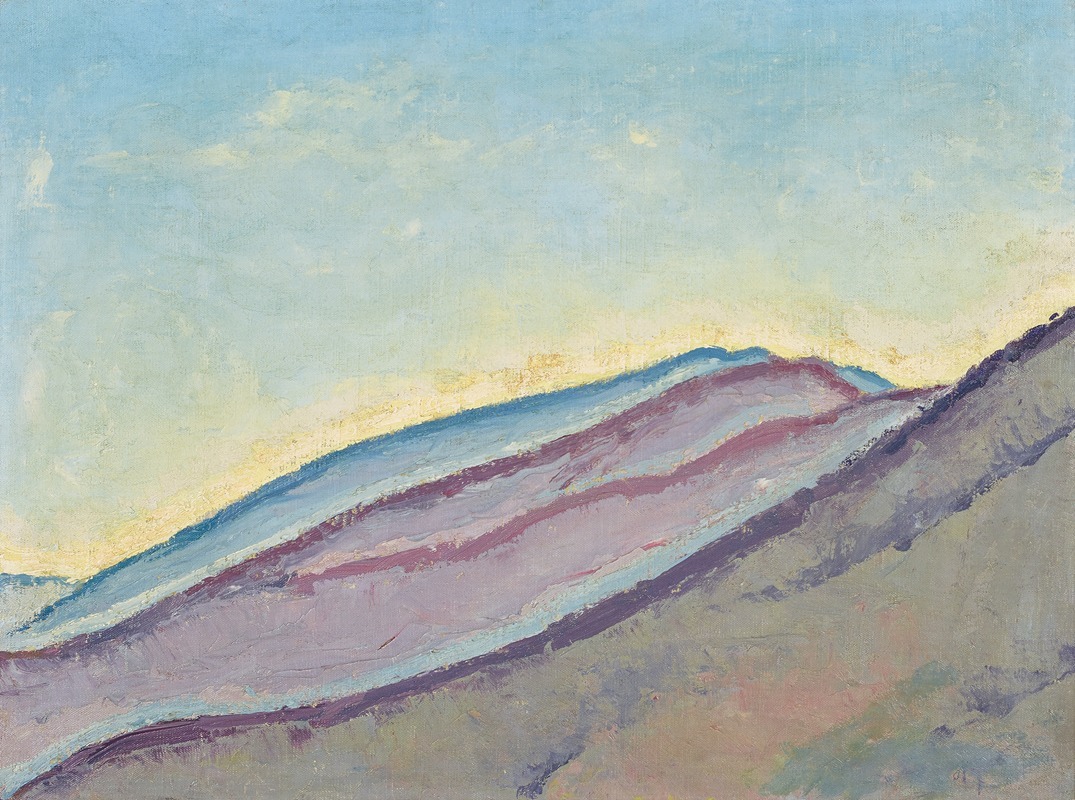
Berghänge
A hand-painted replica of Koloman Moser’s masterpiece Berghänge, meticulously crafted by professional artists to capture the true essence of the original. Each piece is created with museum-quality canvas and rare mineral pigments, carefully painted by experienced artists with delicate brushstrokes and rich, layered colors to perfectly recreate the texture of the original artwork. Unlike machine-printed reproductions, this hand-painted version brings the painting to life, infused with the artist’s emotions and skill in every stroke. Whether for personal collection or home decoration, it instantly elevates the artistic atmosphere of any space.
Koloman Moser was an influential Austrian artist and designer, known for his significant contributions to the Vienna Secession movement and the Wiener Werkstätte. Born in 1868, Moser's work spanned various disciplines, including painting, graphic design, and applied arts. His style is characterized by a blend of traditional craftsmanship and modernist aesthetics, often incorporating geometric patterns and vibrant colors.
"Berghänge" is one of Moser's paintings, though specific details about this particular work are limited. Moser's oeuvre generally reflects his interest in nature and landscapes, often depicted with a stylized and decorative approach. His paintings typically exhibit a keen attention to detail and a harmonious balance of color and form, which are hallmarks of his artistic philosophy.
During the late 19th and early 20th centuries, Moser was a key figure in the Vienna Secession, a group of artists who sought to break away from the conservative art establishment of the time. The Secessionists aimed to create a new style that embraced innovation and individuality, drawing inspiration from various sources, including Art Nouveau and Symbolism. Moser's work during this period often featured elements of these movements, characterized by fluid lines and organic motifs.
In addition to his involvement with the Vienna Secession, Moser co-founded the Wiener Werkstätte in 1903, alongside architect Josef Hoffmann and patron Fritz Waerndorfer. The Wiener Werkstätte was a collective of artists and craftsmen dedicated to producing high-quality, handcrafted objects that blurred the lines between fine and applied arts. Moser's contributions to the Wiener Werkstätte included designs for textiles, furniture, and other decorative objects, reflecting his belief in the unity of art and life.
Moser's artistic legacy is evident in his ability to seamlessly integrate various artistic disciplines, creating works that are both aesthetically pleasing and functionally innovative. His influence extended beyond his lifetime, impacting subsequent generations of artists and designers who sought to merge art with everyday life.
While specific information about "Berghänge" is scarce, it can be appreciated within the broader context of Moser's work and his contributions to the art world. His paintings, including landscapes, often reflect his distinctive style, characterized by a combination of naturalistic elements and decorative abstraction. Moser's work remains an important part of the history of modern art, celebrated for its creativity, craftsmanship, and enduring appeal.
Overall, Koloman Moser's contributions to art and design continue to be recognized and appreciated for their innovative approach and timeless beauty. His work, including pieces like "Berghänge," exemplifies the spirit of the Vienna Secession and the Wiener Werkstätte, movements that sought to redefine the role of art in society and elevate the standards of artistic production.





